- JAPANESE
- LANGUAGE
X
 THAT IS GOOD
THAT IS GOOD
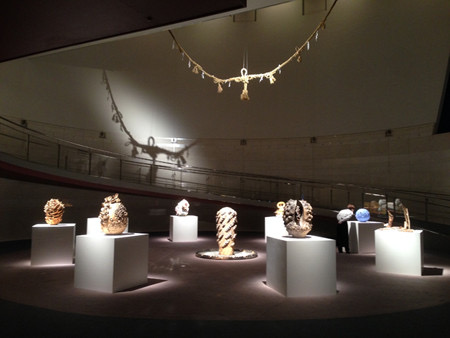
When I first experienced the “world of Jomon,” new possibilities opened up to me.
That was when I worked as a receptionist for “ARTs of JOMON in TOKYO” held at Omotesando Spiral Garden in 2015. It was a special exhibition of works by artists from various fields, inspired by the world of Jomon. When I met the participating artists, their works, and the people who gathered there, I felt a bolt of lightning strike me from my slumbering state of consciousness, and it was as if a flame had burst from the center of my heart! There was a moment when I was moved by something energetic and hot.
I had never had any interest in history or Jomon culture before, but I couldn’t help myself, so I announced to the people of jomonism, the NPO that organized the exhibition, “Please join us”! I asked them to participate. They welcomed me with a warm “welcome!”. At the time, I was a little hesitant because I didn’t have any knowledge about Jomon, but they told me, “It doesn’t matter if you have knowledge or not, it’s what you like and are interested in that counts.” I was so happy to hear that. I was impressed by what they said to me.
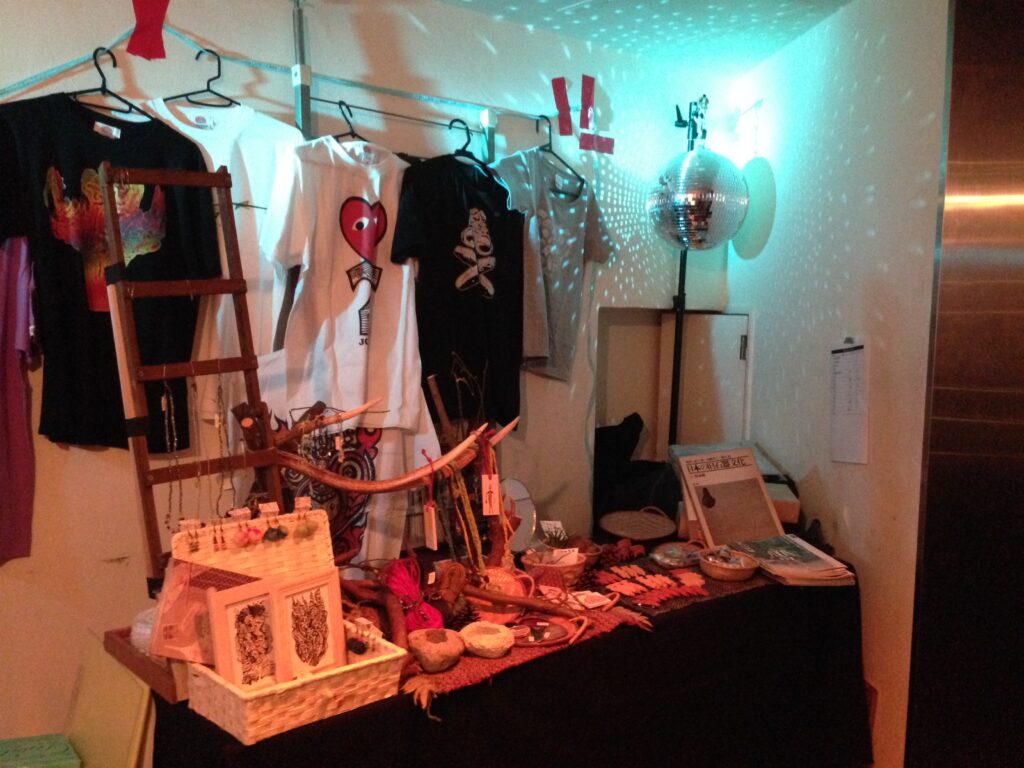
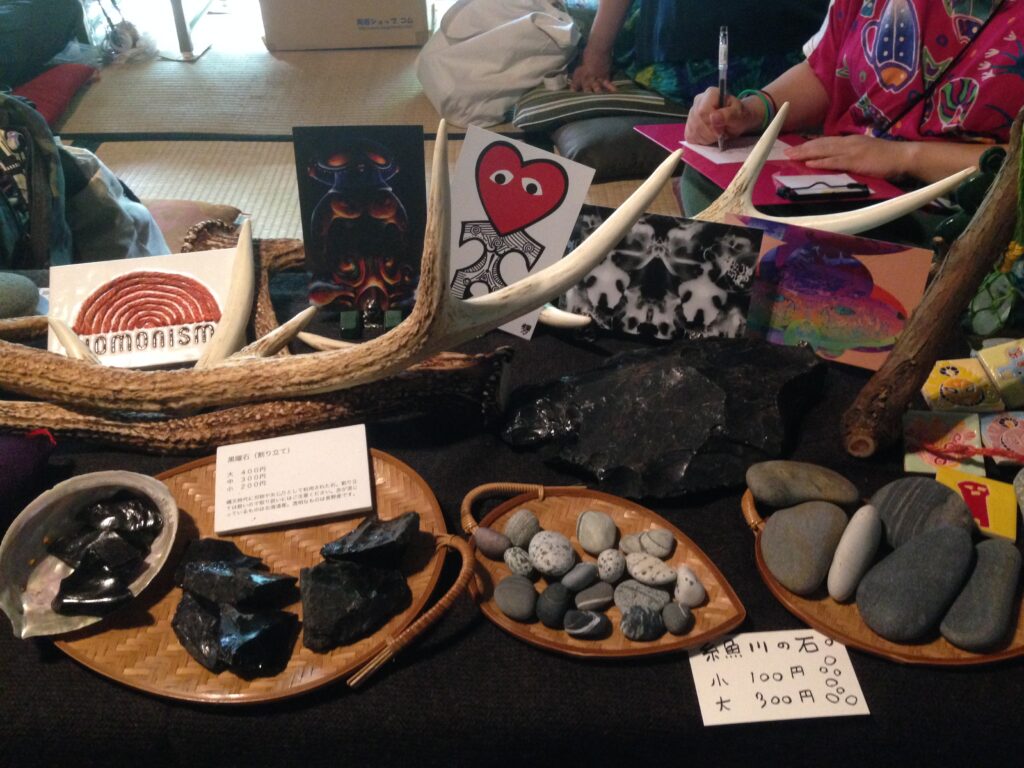
From there, I have traveled around the world of the Jomon, and when people ask me, “Why do you like the Jomon”. I would answer, “I like the Jomon pottery and clay figurines,” but I felt that there was something more to it. So I decided to think again about what it is that attracts me to the Jomon.
It was a part of a concept of the exhibition, “How did they come up with such forms as Jomon earthenware and clay figurines? I believe that the answer can be found in the spirituality of animism, which believes that spirits and souls dwell in all things in the universe, and that humans are also part of nature.” Each piece has its own presence (energy) and unique personality. I felt that I was free to express what was inside of me. It was the first time I saw up close the curves of the Jomon Vessel with Flame-like Ornamentation (replica) and the power that seemed to spring up from the ground. The atmosphere of the space where the work is exhibited. The sparkling, shining eyes of the people gathered there. The feeling of interacting and playing with everyone while being in the center of yourself. A feeling of being open and welcoming, not rejecting anyone who comes.
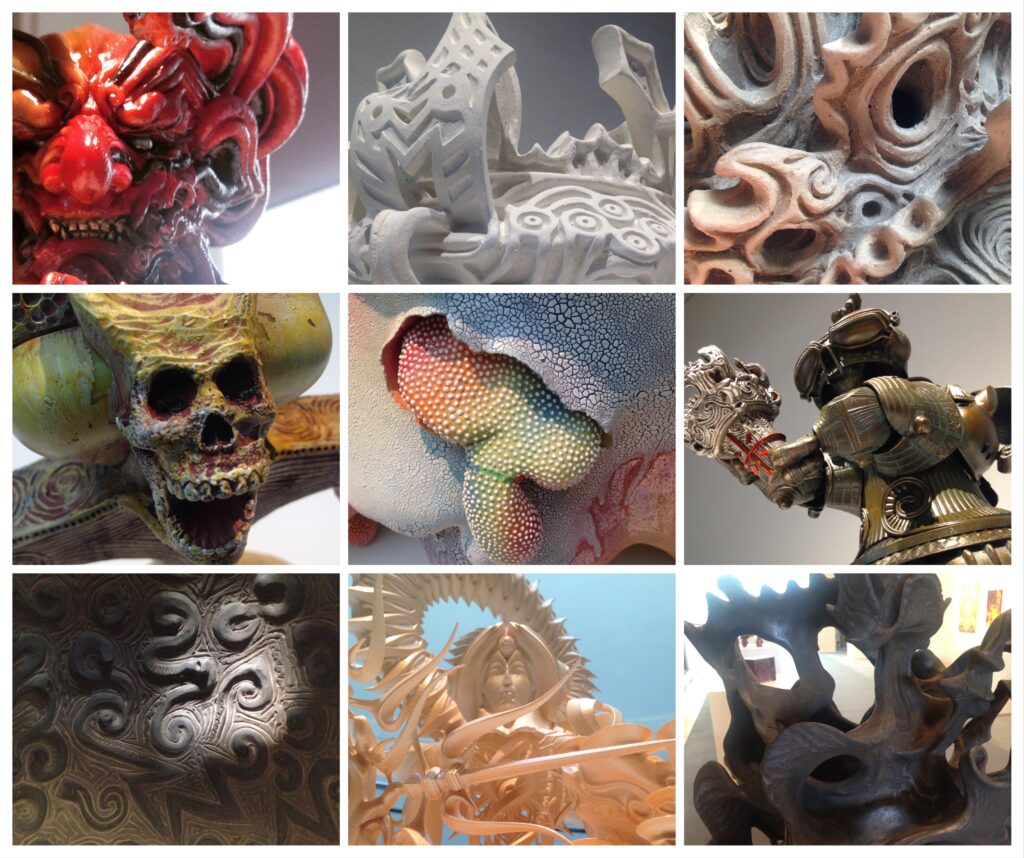
Among the various points of impact, I found that these two in particular resonated with me.
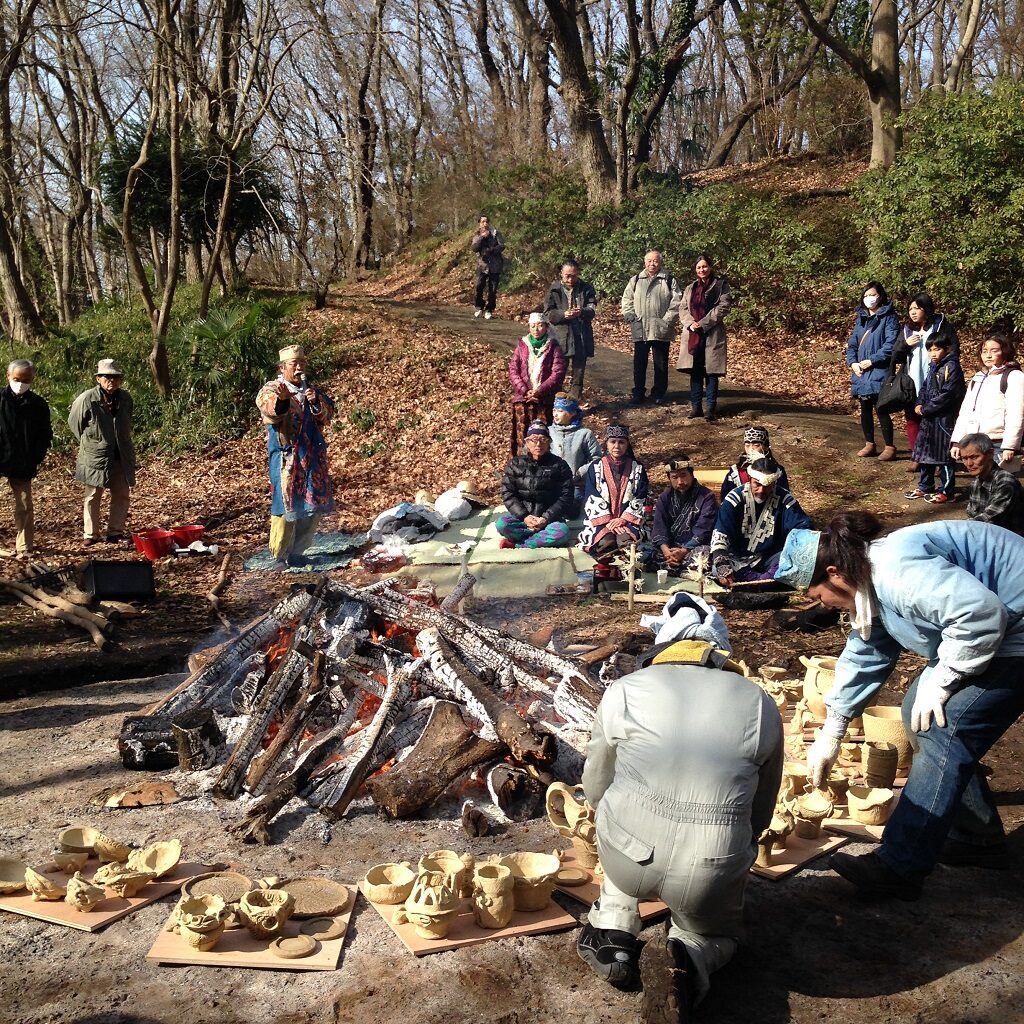
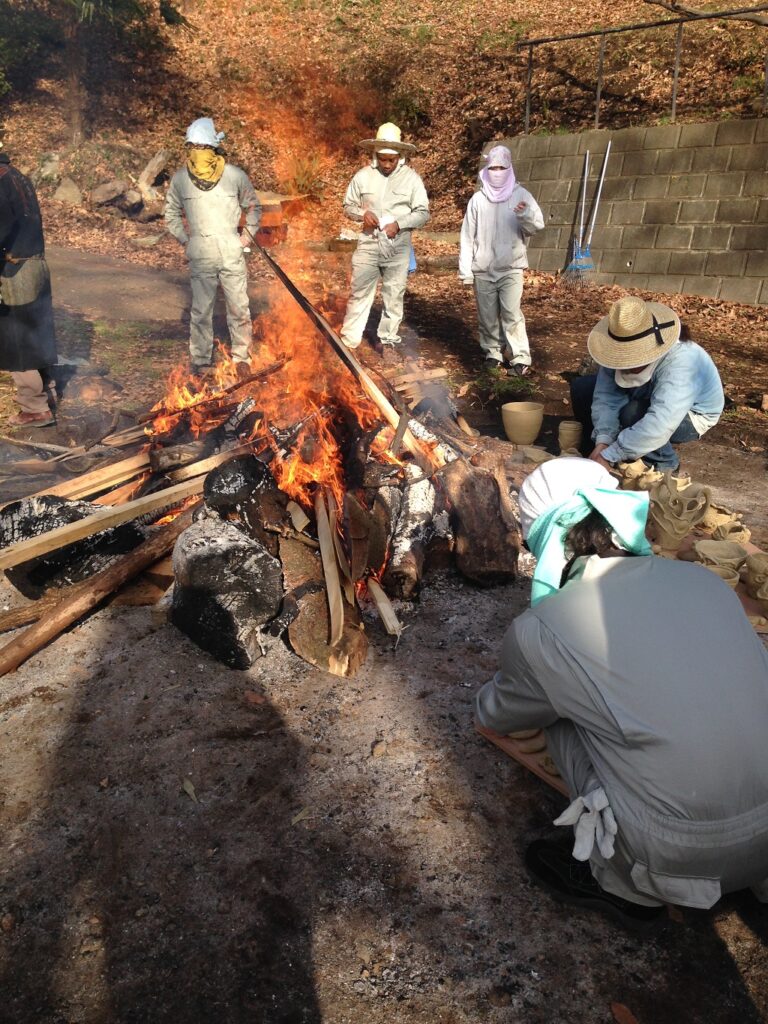
“Noyaki” Open-hearth firing at Machida city
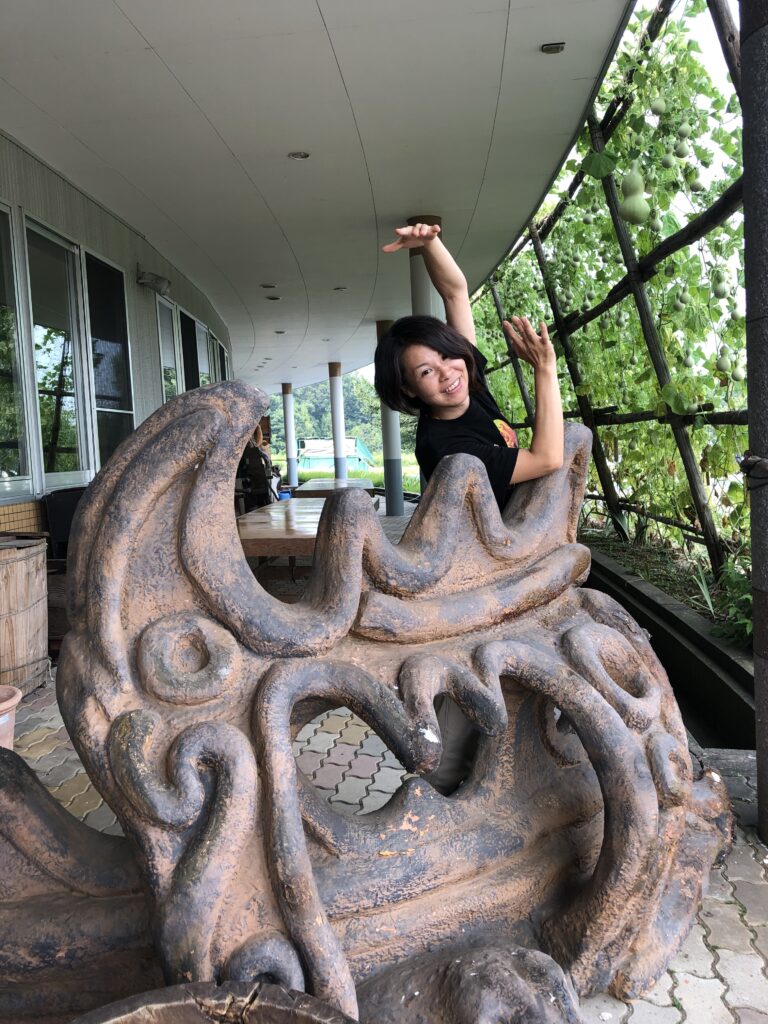
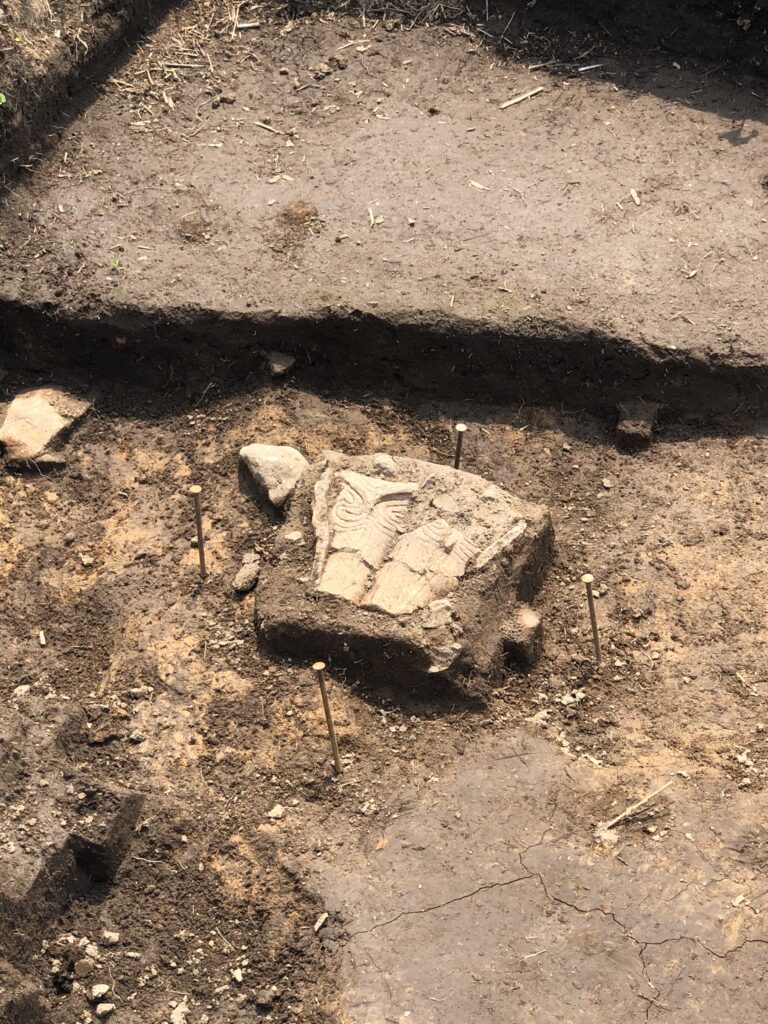
My friend and I went to see “mori no koe – Papua x Jomon x Art-” held at najomon(Japanese only available) in Tsunan Town, Niigata Prefecture.
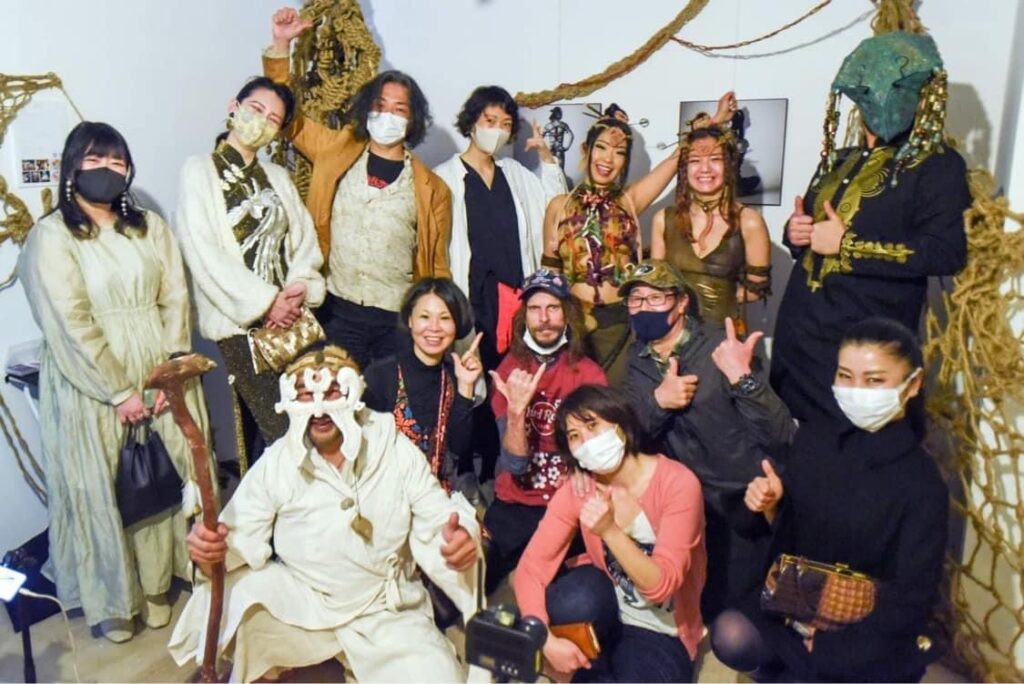
“Jomon Prehistoric Sites in Northern Japan” have been registered as a World Heritage Site, there are many people who are experiencing Jomon culture for the first time. I think it would be wonderful if these encounters lead to new doors for each of us. Of course, it doesn’t have to be about Jomon. If you find yourself thinking, “I’m curious about this!”, I’m sure you’ll find many new doors ahead in the world.
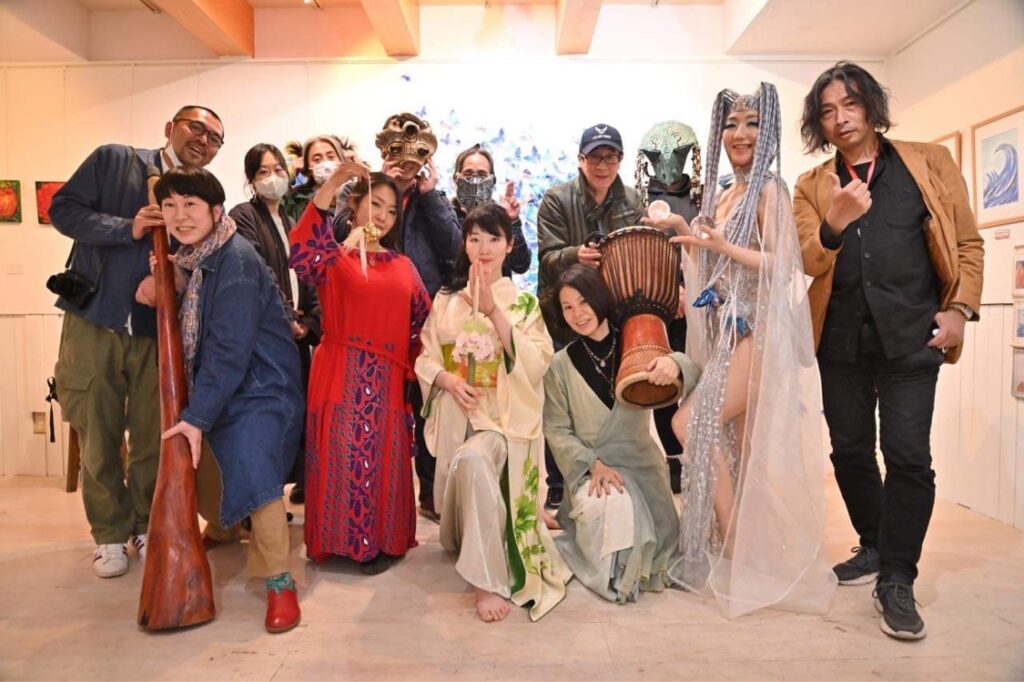
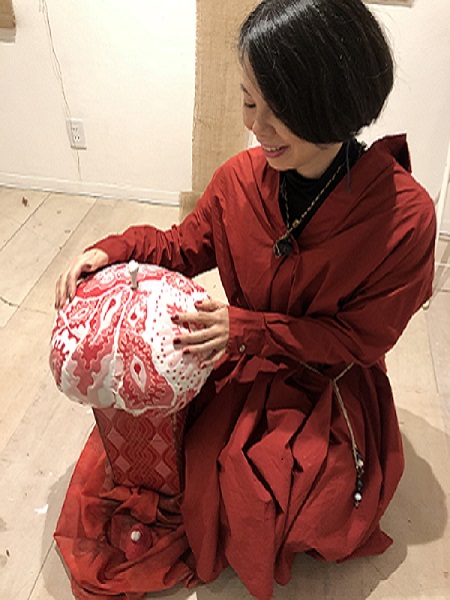

Mai Fujita Tile artist, a member of NPO jomonism
One day in the year 2000.
When I saw a blue and white tile mural called Azulejos on TV, I decided to “make tiles!” A single tile can be beautiful, and multiple tiles can make a building or a beautiful wall. I feel that tiles that can be used as anything are the way I am.
■Personal history
May 2000: Introduced to the Spanish Tile Art Studio
January 2015: Joined the NPO jomonizm
April 2016: Participated in Art Baboo group exhibition
September 2016: Exhibited at the Jomon event in Asagaya
April 2017: Art Baboo Workshop at NPO Rainbow Children’s “Feeling India with Five Senses” exhibition
February 2018: Exhibited at Daikanyama Unit “ONENESSMEETING:Jomon Shoten”
October 2019: Stall at Wakasu Park Campground “Takibi no Oto”.
April 2021 : Organizing “Backlight Renaissance: Jomon Beat Exhibition” at Art Baboo